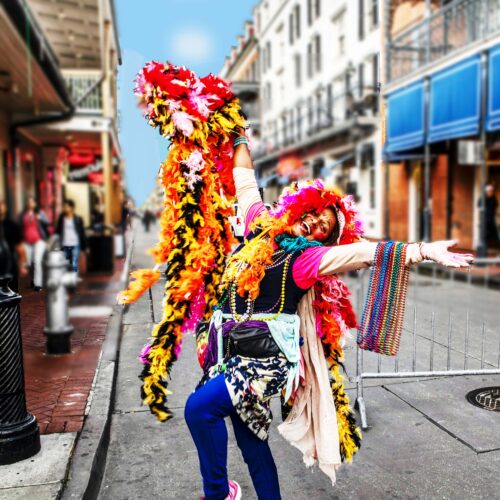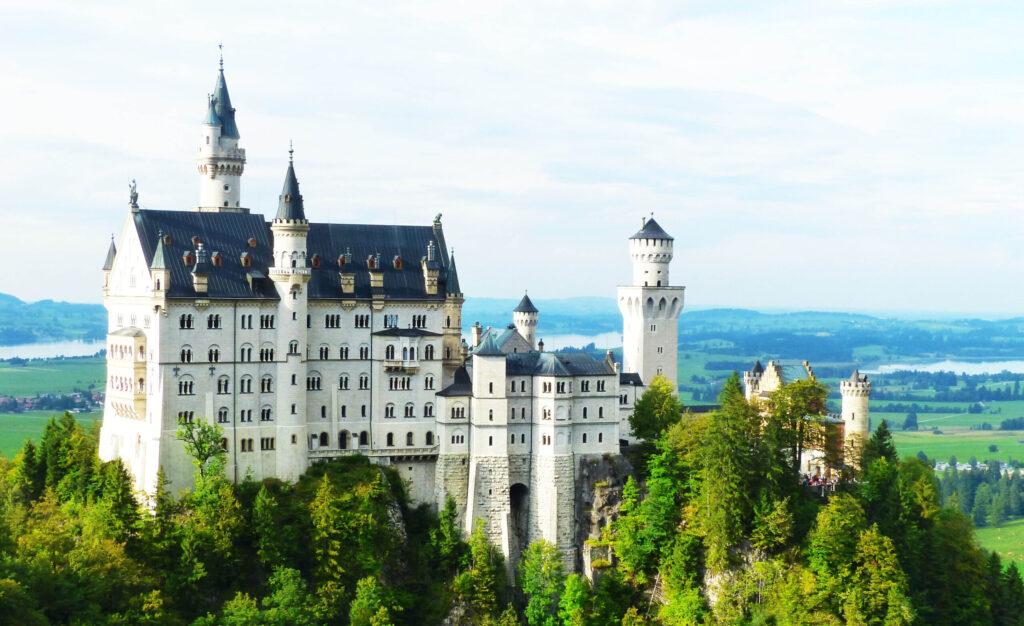
From Baroque Beauties to Castle Craziness, Get Ready to Swoon on this Epic German Road Trip
The Romantic Road is a scenic route that winds through the picturesque landscapes of southern Germany. This 217-mile-long route is a popular travel destination that takes visitors through charming medieval towns, stunning countryside, and breathtaking mountain scenery.
The Romantic Road is a fantastic way to experience the best of southern Germany with its well-preserved architecture, rich history, and natural beauty.
From the baroque architecture of Würzburg to the fairy-tale castle of Neuschwanstein, each stop along the route offers something unique and memorable for visitors to explore and enjoy.
Here are some of the places along the Romantic Road:
- Würzburg: Würzburg is a beautiful city located on the Main River. It is famous for its stunning baroque architecture, including the Würzburg Residence, a UNESCO World Heritage Site.
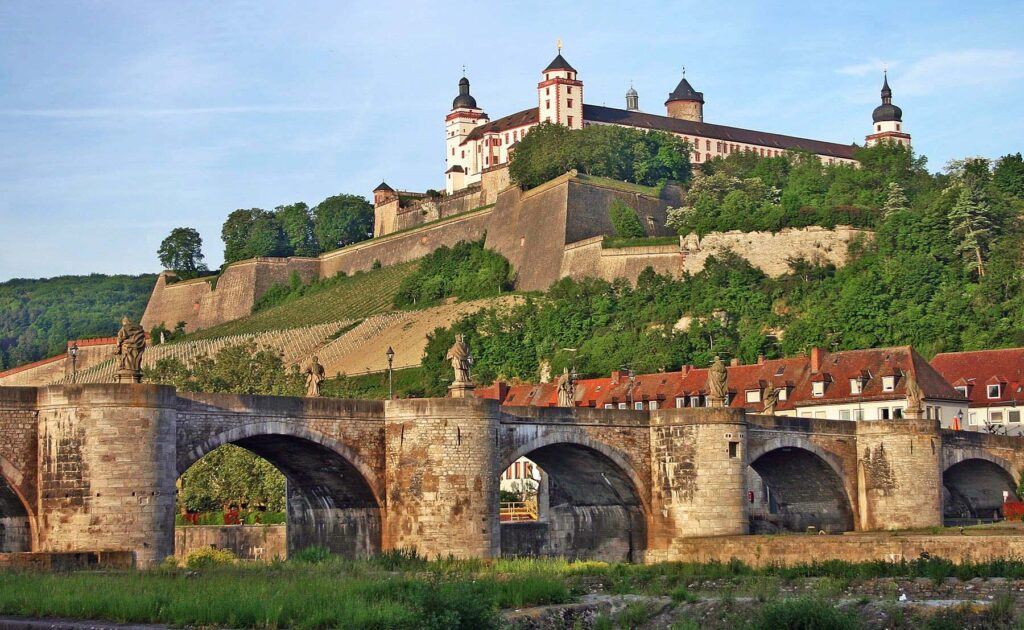
- Dinkelsbühl: Dinkelsbühl is another well-preserved medieval town famous for its beautiful architecture and charming streets. It is also known for its annual Kinderzeche festival, which celebrates the town’s rescue from Swedish troops during the Thirty Years’ War.
- Augsburg: Augsburg is one of the oldest cities in Germany, with a history of over 2,000 years. It is known for its beautiful Renaissance buildings, including the Augsburg Town Hall and the Fuggerei, a housing complex for the poor founded in the 16th century.
- Füssen: Füssen is a picturesque town near the Bavarian Alps. It is famous for its beautiful scenery, including the nearby Neuschwanstein Castle, which inspired Disney’s Sleeping Beauty Castle.
- Rothenburg ob der Tauber: Rothenburg ob der Tauber is a charming medieval town often called the “Jewel of the Romantic Road.” Its well-preserved old town, surrounded by 14th-century walls, is a popular travel locale and tourist attraction.
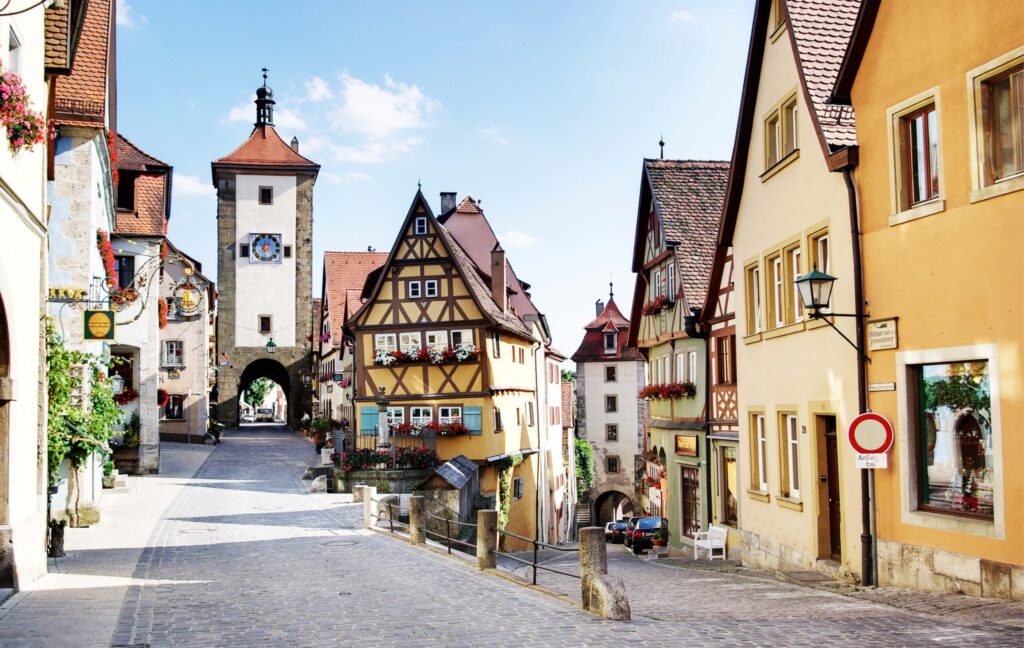
- Hohenschwangau: Hohenschwangau is a small village located near Neuschwanstein Castle. It is known for its beautiful scenery, including the Alpsee, a picturesque lake surrounded by mountains.
- Bad Mergentheim: Or just Mergentheim is a charming spa town famous for its healing waters. Visitors can explore the town’s beautiful parks and gardens or visit the Deutschordensmuseum, which tells the story of the Teutonic Knights.
- Nördlingen: Nördlingen is a beautiful town located in a meteorite crater. It is known for its well-preserved medieval walls and towers, including the Daniel Tower, which offers stunning views of the town and the surrounding countryside.
- Landsberg am Lech: Landsberg am Lech is a picturesque town on the banks of the Lech River. It is known for its beautiful old town, which features colorful buildings, narrow streets, and lively squares.
- Schongau: Schongau is a charming town located in the Alps foothills. It is known for its beautiful Gothic architecture, including the St. Michael’s Church and the Schongau Castle.
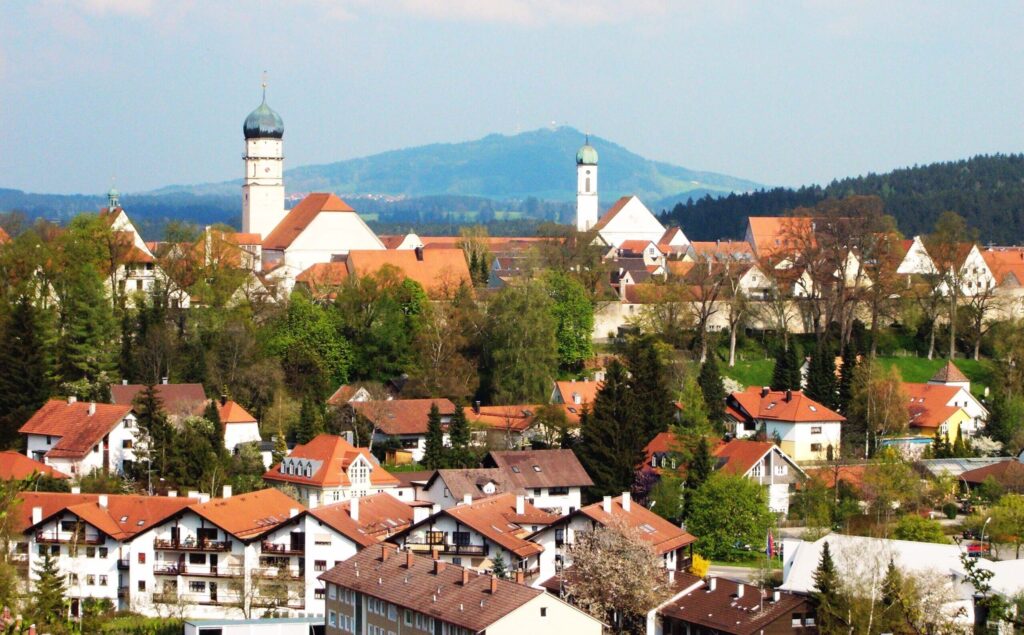
- Wieskirche: The Wieskirche is a beautiful pilgrimage church located in the foothills of the Alps. It is famous for its beautiful Rococo architecture and stunning frescoes.
Did you know?
The Romantic Road was only sometimes a popular tourist destination. The route was only officially established as a travel route for tourism in 1950, when a group of travel agents from Bavaria decided to promote the region to international visitors. Before that, the towns and attractions along the way were largely undiscovered by tourists and relied on local trade for their livelihood.
It is one of Europe’s most famous road trips, attracting millions of visitors each year.
A little history:
The history of the Romantic Road as a tourist destination dates back to the mid-1900s when a group of Bavarian travel agents recognized the potential of the region’s scenic beauty and cultural heritage.The area was largely unknown to international visitors at the time, and the towns and attractions along the route relied on local trade to survive.
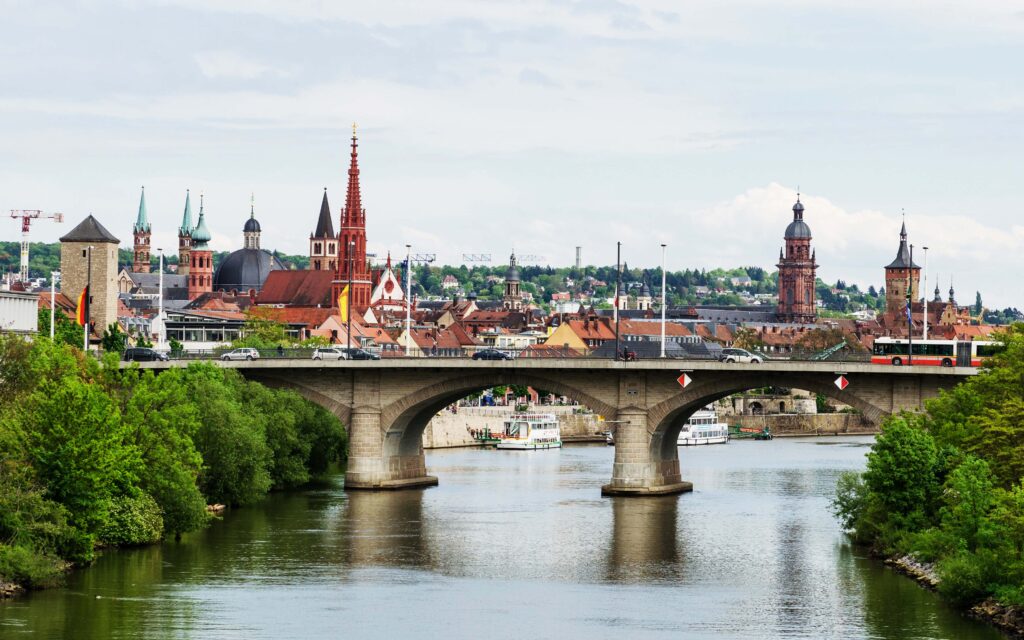 In 1949, the travel agents formed an association called the “Romantic Road Working Group” and began working to promote the region to tourists. They created maps, brochures, and guidebooks and worked with local authorities and businesses to improve visitor infrastructure and amenities.
In 1949, the travel agents formed an association called the “Romantic Road Working Group” and began working to promote the region to tourists. They created maps, brochures, and guidebooks and worked with local authorities and businesses to improve visitor infrastructure and amenities.
The efforts of the Romantic Road Working Group paid off, and by the early 1960s, the route had become a popular destination for both domestic and international tourists. The Romantic Road helped to revitalize the local economy, and the increased tourism also helped to raise awareness of the region’s cultural and historical treasures.
The Romantic Road remains one of Europe’s most famous road trips, attracting millions of visitors each year. It is a testament to the vision and dedication of the Bavarian travel agents who recognized the region’s potential and worked tirelessly to bring it to the world’s attention.
